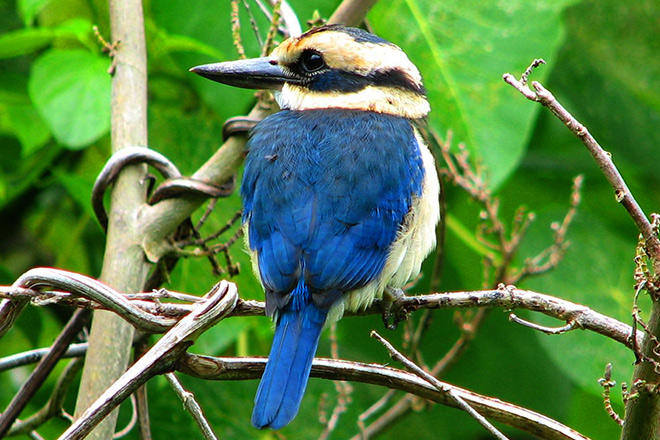The U.S. national park site closest to the bottom of the map may be difficult for most of us to visit — but is well worth the trip.
Coral reefs, cloud forests, tropical flowers, crystal-clear ocean waters, and exotic wildlife: Throughout all of America’s public lands, there is nowhere quite like the South Pacific paradise known as the National Park of American Samoa.
This spectacular landscape—and seascape—includes sections of three volcanic islands and is located roughly 2,600 miles southwest of Hawaii, between Fiji and Tahiti. This unique place is not only the southernmost U.S. national park, it is the only such park in the southern hemisphere.
Though the site covers just 76 square miles, lush rainforests above ground and pristine waters surrounding the islands provide habitat for a diverse array of tropical wildlife, including fruit bats, whales, rare birds, more than 250 types of coral, and nearly a thousand different fish species. It’s an ideal place to swim, snorkel, hike, and relax on secluded beaches.
A visit to this park is also an opportunity to learn more about the Samoan culture. Approximately 70,000 people live in villages throughout the archipelago, keeping their traditions as the oldest civilization in Polynesia alive. The park offers a homestay program in which visitors can stay with families in nearby villages and participate in traditional meals and activities.
Established in 1988, this relatively new park has few visitor services—adventurous travelers should plan ahead, carefully heed safety warnings and cultural customs, and consider hiring guides in advance to explore the area’s trails and beaches. It’s worth the extra effort to experience this singular island vacation on American soil.
-
General
-
- NPCA Region:
- Pacific
